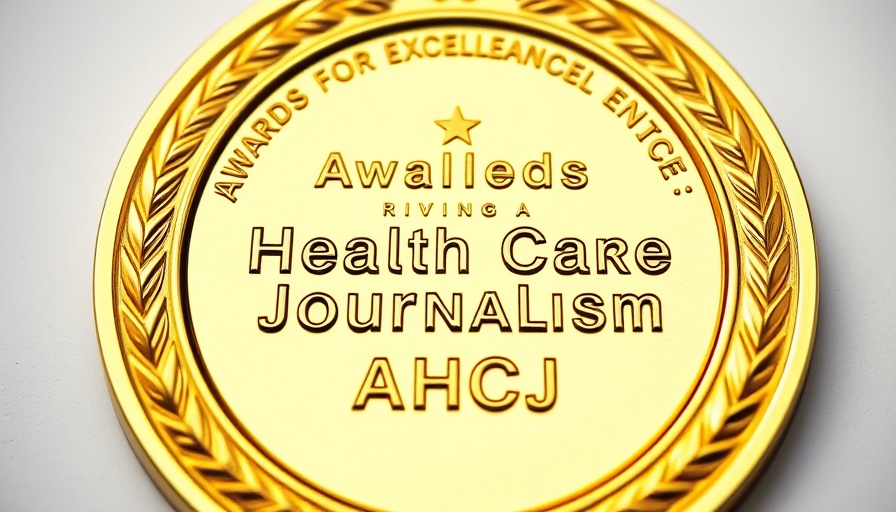
Celebrating Excellence in Health Journalism: AHCJ Awards 2024 Highlights
The Association of Health Care Journalists (AHCJ) has once again pulled back the curtain on the vital work done in health journalism with the announcement of the 2024 Awards for Excellence in Health Care Journalism. This year’s contest, now in its 21st iteration, has recognized the best practitioners in the field, showcasing an impressive collection of 438 entries that spanned across 14 categories.
Why Health Journalism Matters
The importance of health journalism cannot be overstated, especially in a world that constantly grapples with public health crises, medical misinformation, and evolving health policies. AHCJ’s mission to highlight exemplary health journalism fosters informed public discourse, ultimately leading to better health outcomes. The recognition of these journalists not only celebrates individual achievements but also elevates the entire field, encouraging rigorous reporting and accountability in health care.
A Focus on Students: A New Era in Reporting
This year, AHCJ made a conscious effort to enhance the student category, aiming to create a more equitable platform for budding reporters. Changes included narrowing the focus of entries to work created under academic settings, which has led to the highest student submission turnout in history. Christine Herman, the contest committee chair, commented, "It’s incredibly encouraging to see young voices stepping up to tackle such important issues in health reporting. We hope this trend continues to grow, providing a fresh perspective in a crucial area of journalism.”
Spotlight on Award Winners: Compelling Stories and Reporting
The awards unveiled riveting stories that reveal the power of narrative in understanding complex health issues. In the Audio Reporting (large division), the award went to Shoshana Walter, Marianne McCune, and Jenny Casas for their impactful analysis of flawed drug testing practices that ultimately affected an innocent mother. Similarly, Jordan Gass-Pooré's investigation into PFAS contamination stemming from a historical accident underlines the lasting implications of industrial practices on public health.
Moreover, the Beat Reporting category saw Stephanie Nolen of The New York Times honored for her meticulous coverage of Mpox, which has gained significant public interest given recent global health considerations.
Implications for Health and Wellness
Health journalism plays a critical role in educating the public about wellness topics such as mental health, nutrition, and fitness. The 2024 winners exemplify how comprehensive reporting can shine a light on issues like the mental health impacts of opioid denial and breakthroughs in treatments for chronic conditions such as cystic fibrosis. With rising levels of stress in today's fast-paced world, informed health journalism could provide pathways to stress management techniques and healthy living practices that resonate with readers.
Future Perspectives: Contributing to a Healthier Community
With these awards, AHCJ not only showcases excellence but also inspires a generation of health journalists to pursue stories that matter. The focus on community stories, wellness tips, and health education has never been more necessary. Effective journalism can drive public awareness about practices like mindful eating, exercise, and mental health support, leading to better personal and community outcomes.
A Call to Action for Aspiring Journalists
As we look ahead, the health journalism community encourages aspiring writers to engage with health issues that affect all of us. There’s a wealth of information out there just waiting to be uncovered, from exploring the roles of holistic health practices to providing support for mental clarity and wellness. Journalists have the opportunity to make an impact by shedding light on these vital topics.
For those dedicated to health journalism, consider taking part in future contests or writing initiatives. Your voice can contribute significantly to the conversation about health.
 Add Row
Add Row  Add
Add 




Write A Comment